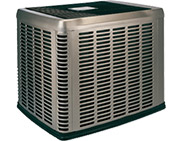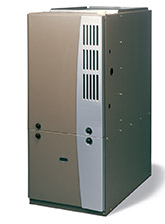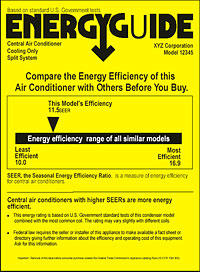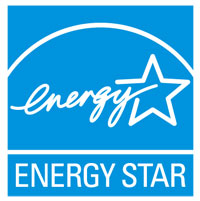Heating & Air Conditioning

In a split system design, the air conditioner sits outside the home, with small copper tubing running back inside. An air condenser compresses refrigerant which chills it. It then sends the chilled refrigerant back inside to either the evaporator coil or fan coil.


The Split System Air Conditioning Process:
The Split System Heating Process:
Gas Furnace:Energy Information:


Serving Ventura & LA Counties including:
Simi Valley, Thousand Oaks, Ventura, Moorpark, Agoura, Burbank, Calabasas, Canoga Park, Chatsworth, Glendale, Hidden Hills, Hollywood, Lake Balboa, Los Feliz, Malibu, North Hills, Northridge, Pacific Palisades, Porter Ranch, Reseda, Santa Monica, Studio City, Van Nuys, West Hills, West Hollywood, West Lake, West Lake Village, West Los Angeles & Woodland Hills